A TEC Internship Success Story!
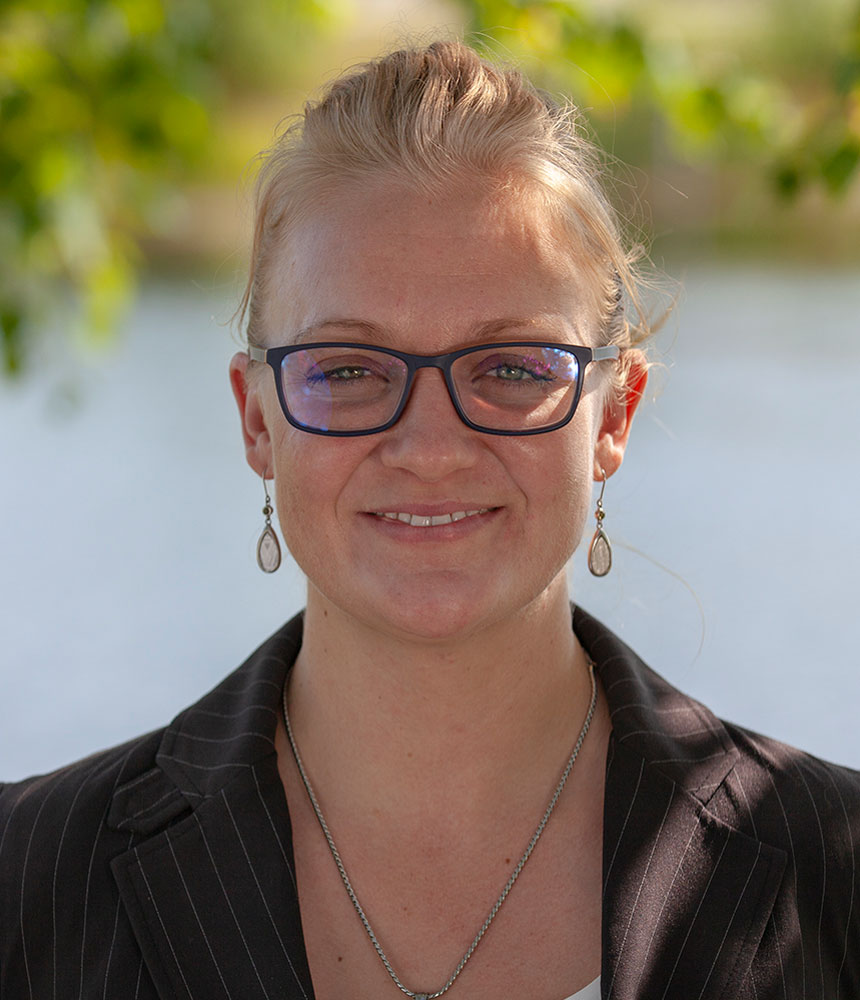
A: I knew I wanted a career in statistics and vocalized this with my statistics professor during my last semester at University of Alaska Anchorage (UAA). My professor was aware of ANEC’s biostatistics internship and highly recommended I pursue it, so I did.
Q: What are the top 3 things you feel you learned or contributed to ANEC and CDC from this internship opportunity?
A: I expanded my knowledge and capabilities with R Programming, advanced my statistical knowledge and abilities, and I created tools for ANEC and CDC to complete future analysis.
Q: Why did you apply to work at ANEC in a full-time capacity?
A: During my internship, I discovered studying health data was fun and interesting. I also found it rewarding to be a part of a team working to improve people’s lives. I looked forward to contributing to ANEC’s goal every day and wanted to keep being a part of that team.
Q: Is there anything else you’d like to share about your experience working at ANEC?
A: This experience has produced a new awareness in understanding data collection, team collaboration, development of health policies and strategies, and more. I also want to share the people that are a part of ANEC’s team made my experience incredible. Thank you for letting me join the team.

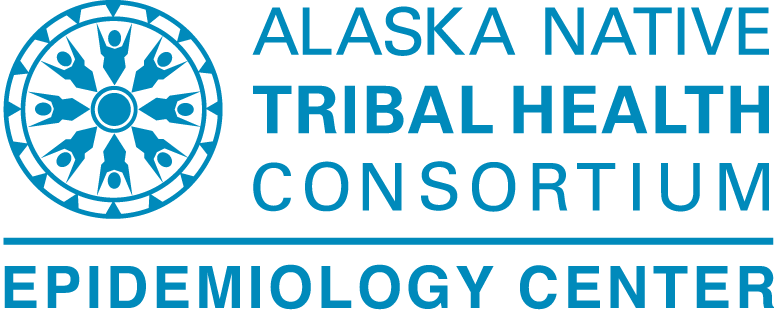

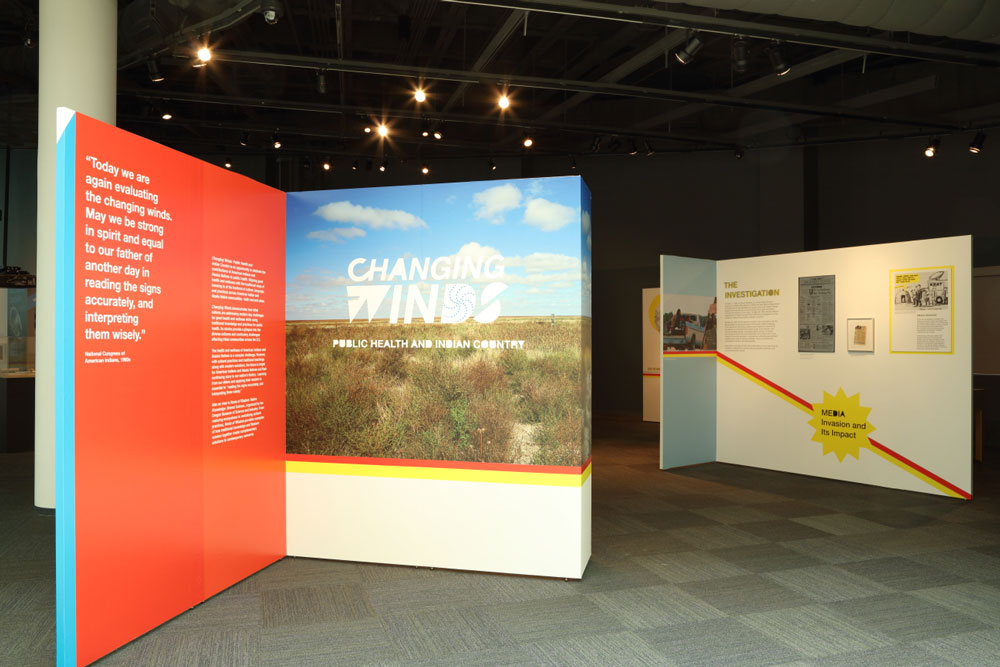
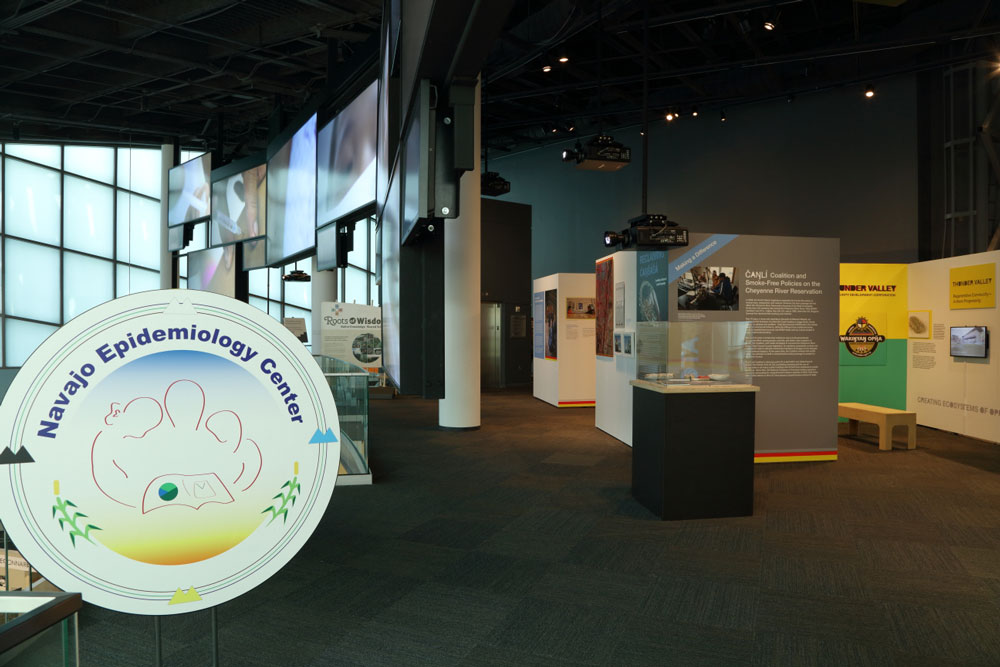
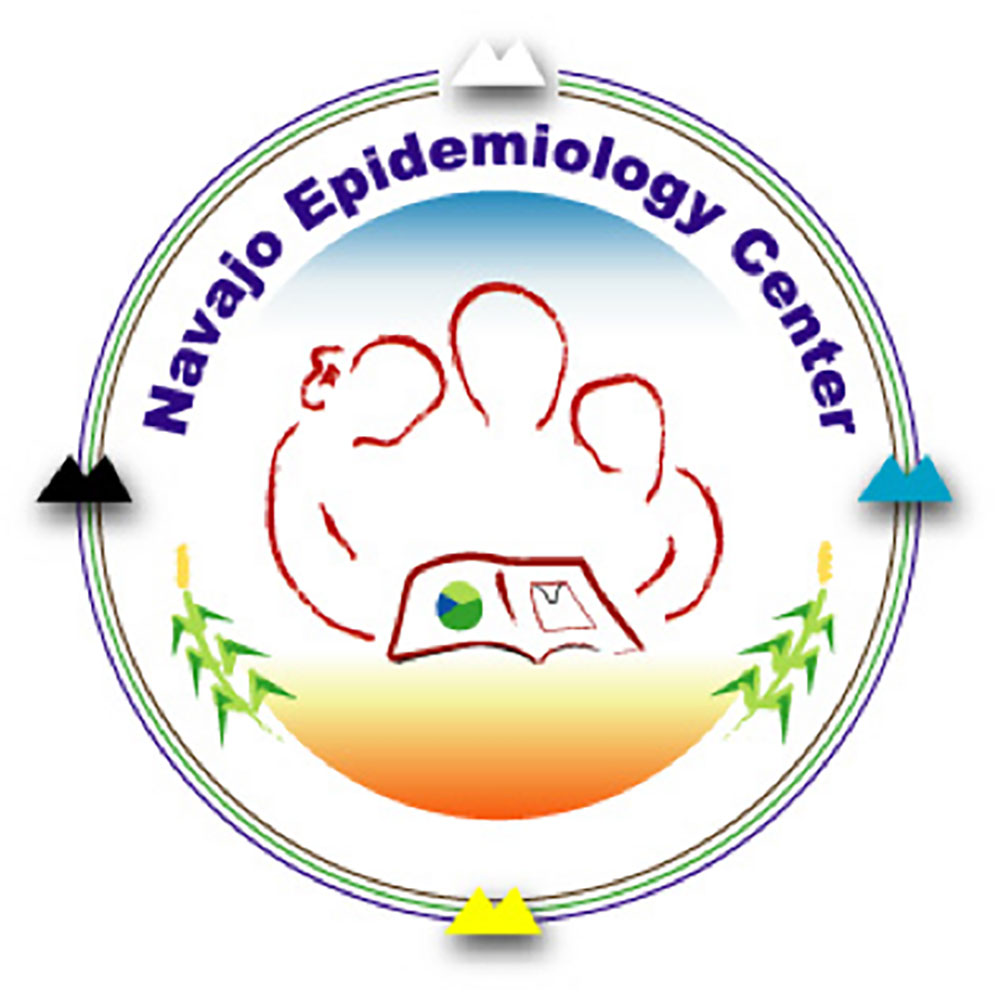
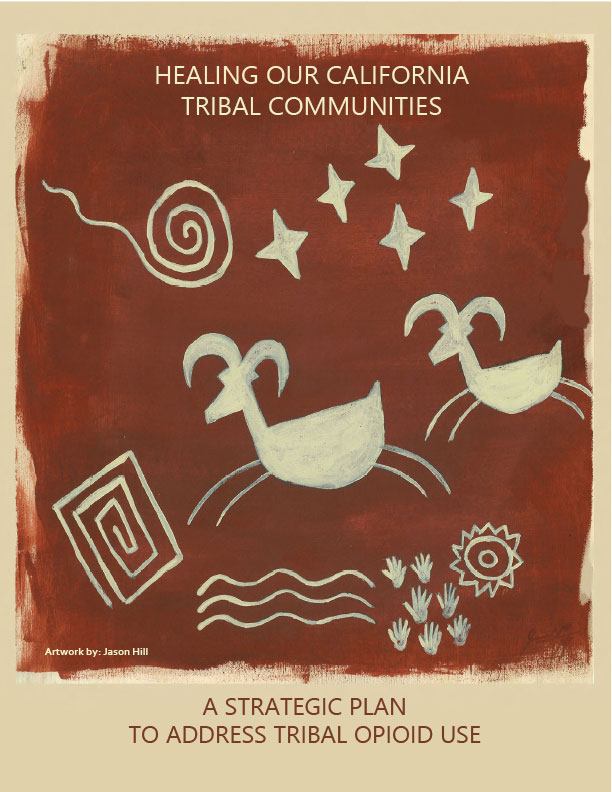
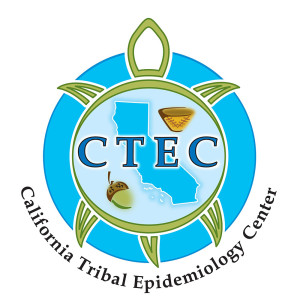
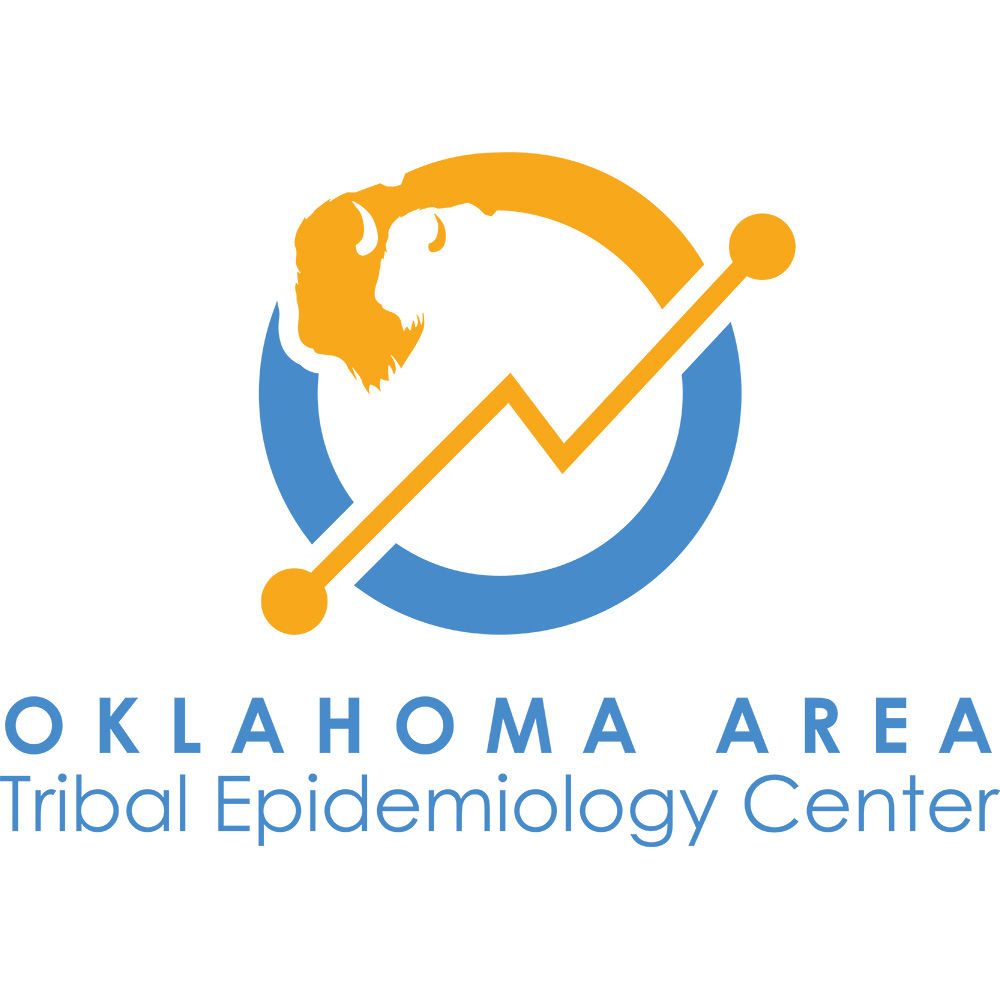
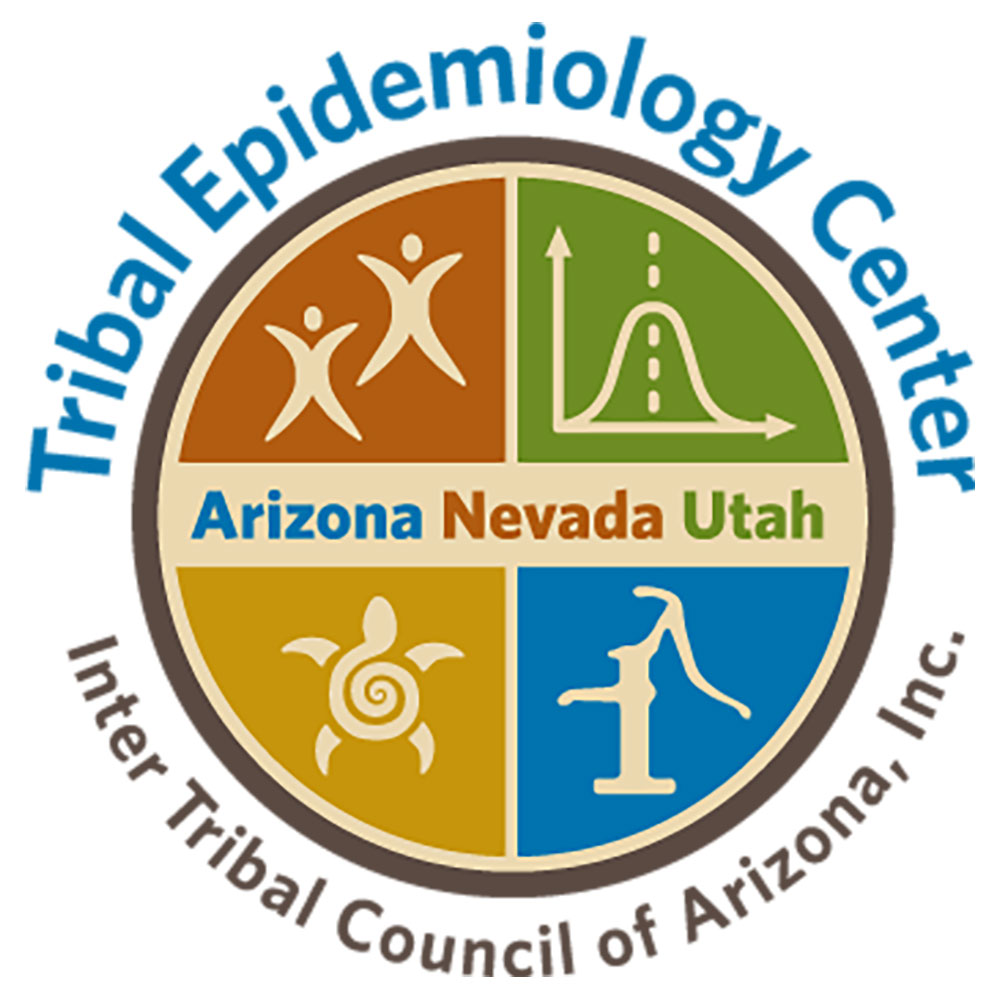
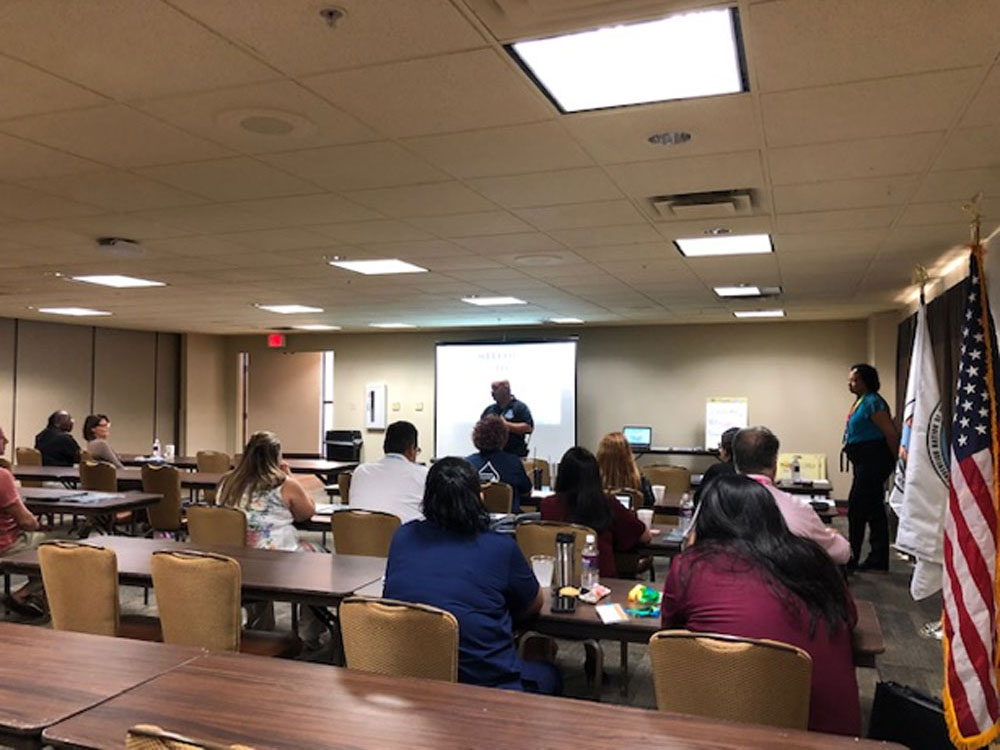 Figure 1. Cocopah Indian Tribe Office of Emergency Management Manager welcoming the workshop participants.
Figure 1. Cocopah Indian Tribe Office of Emergency Management Manager welcoming the workshop participants.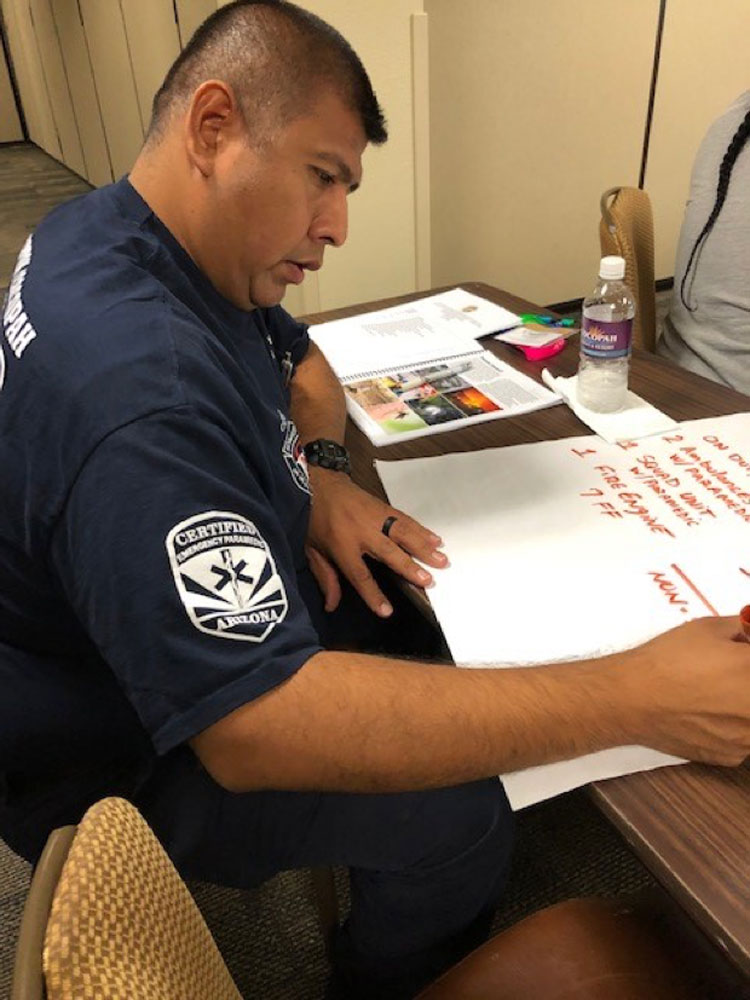 Figure 2. An example of inventorying available resources and descriptions from emergency response partners related to a public health emergency in Yuma County.
Figure 2. An example of inventorying available resources and descriptions from emergency response partners related to a public health emergency in Yuma County.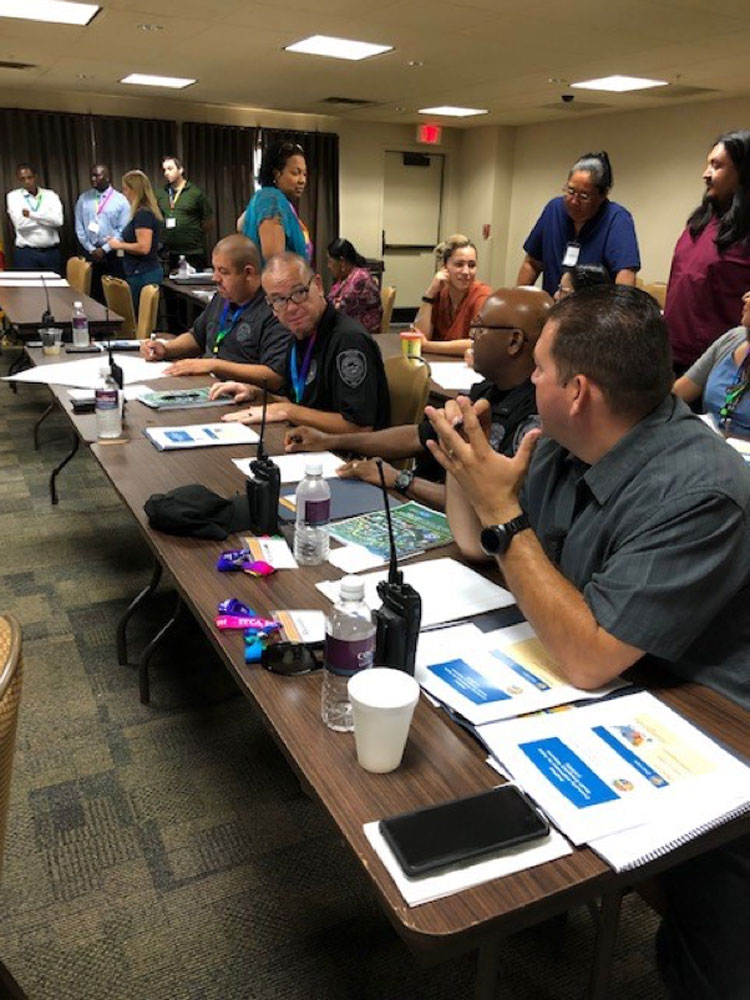 Figure 3. Workshop participants discussing necessary data collection and interviewing techniques and sensitivity within a public health emergency response setting.
Figure 3. Workshop participants discussing necessary data collection and interviewing techniques and sensitivity within a public health emergency response setting.